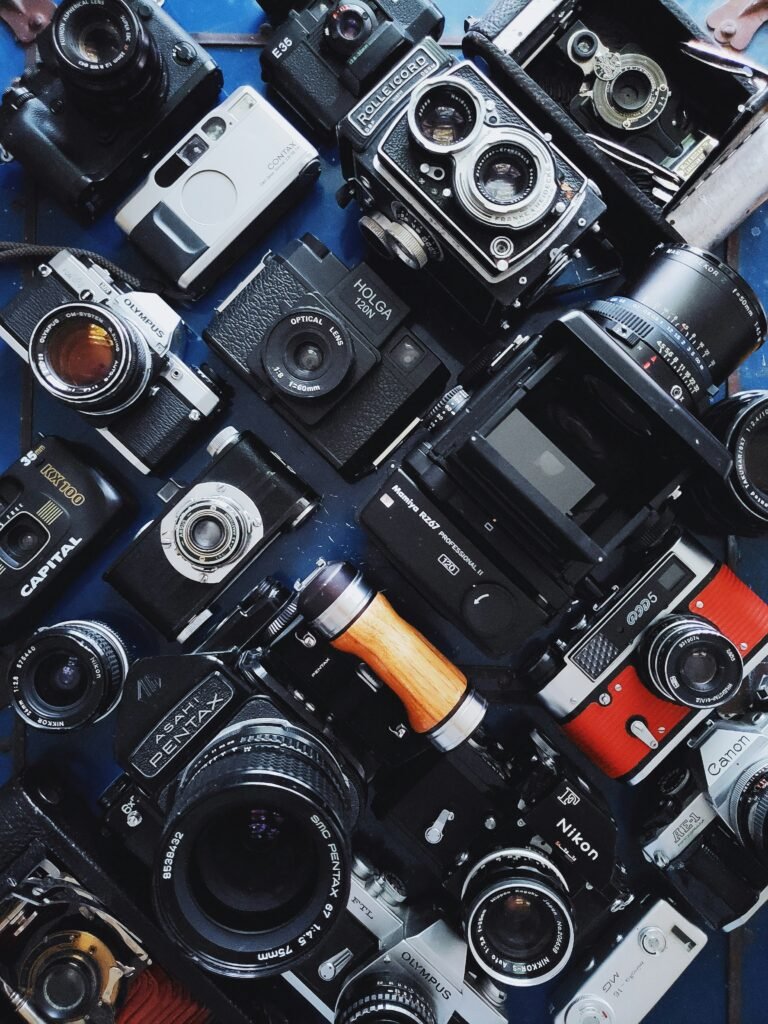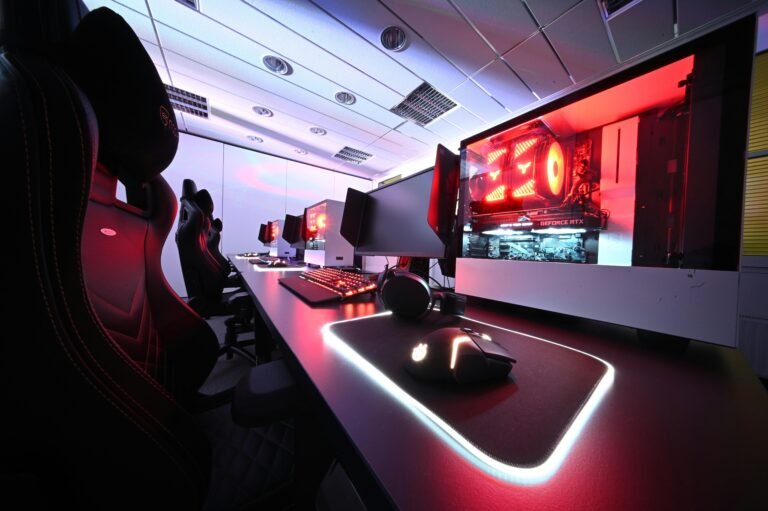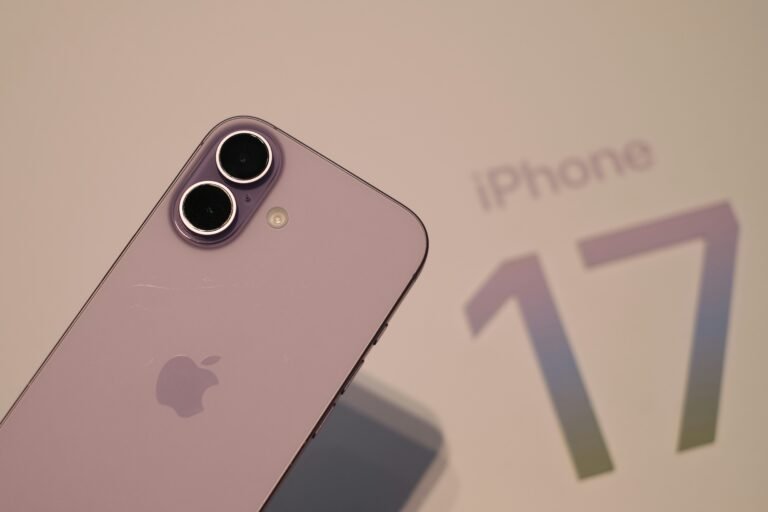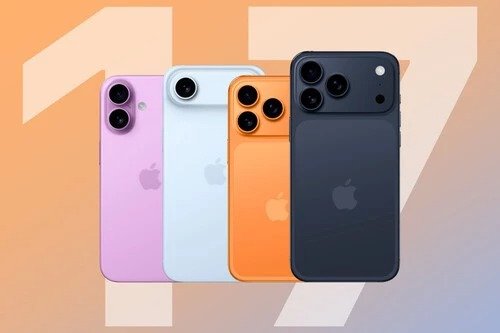If you’re new to photography and looking for your first camera, it’s easy to feel overwhelmed. Should you start with a DSLR? Is a mirrorless camera better? Do you even need a dedicated camera when your phone already takes decent photos?
Choosing your first camera matters because it sets the tone for how you’ll learn. The right one will encourage you to explore, experiment, and grow without frustrating you. In this guide, I’ll walk you through the most beginner-friendly camera types, the features that actually matter, and specific models that are great starting points.
What to Consider Before Buying
Before comparing brands and models, it helps to think about how you plan to use your camera. A camera that’s great for travel snapshots may not be ideal if you want to shoot wildlife or portraits.
1. Budget
Entry-level cameras range from $400 to $1,000. More expensive doesn’t always mean better for beginners—often, simpler is best.
2. Ease of Use
Some cameras are loaded with features but have complicated menus. A beginner-friendly model should balance helpful auto modes with room to grow into manual controls.
3. Portability
Ask yourself: will you actually carry it? A bulky DSLR might sit at home, while a smaller mirrorless camera could fit in your bag and go everywhere.
4. Lens Ecosystem
Your first camera is more than just a body—it’s an entry into a system of lenses and accessories. Picking a brand means buying into its future possibilities.
Camera Types for Beginners
Smartphones: The Zero-Cost Starting Point
If you already own a modern smartphone, you already have a surprisingly capable camera. Phones excel at everyday photography, are intuitive, and come with built-in editing apps.
Best for: Beginners who want to learn composition and lighting without spending money right away.
Point-and-Shoot Cameras: Simple and Compact
These are designed for convenience. They have fixed lenses, automatic settings, and pocket-friendly designs. However, they’re less common now since smartphones have taken over their role.
Best for: Travelers who want a dedicated camera but don’t want to fuss with lenses.
DSLR Cameras: Classic and Reliable
DSLRs (Digital Single-Lens Reflex) were the standard for years. They offer excellent image quality, full manual controls, and huge lens selections. The trade-off: they’re heavier and less modern than mirrorless systems.
Best for: Beginners who want a traditional photography experience and don’t mind extra weight.
Mirrorless Cameras: The Modern All-Rounder
Mirrorless cameras are lighter, faster, and increasingly more popular than DSLRs. They often have better autofocus, electronic viewfinders, and strong video capabilities.
Best for: Beginners who want a versatile, future-proof system that balances size, features, and performance.
Features That Actually Matter
When comparing beginner cameras, don’t get lost in the tech specs. Focus on these essentials:
-
Ease of controls: Look for intuitive menus and dedicated buttons for common functions.
-
Autofocus performance: A good beginner camera should help you nail sharp shots easily.
-
Battery life: Especially important if you travel or shoot long events.
-
Interchangeable lenses (optional): Lets you grow creatively without changing camera systems.
-
Video capabilities: If you want to vlog or make short films, check for 4K video and microphone inputs.
Recommended Beginner Cameras (2025 Edition)
Based on usability, price, and room to grow, here are solid picks across different categories:
Best Budget-Friendly: Canon EOS R100
-
Price: Around $500 with kit lens
-
Small, lightweight mirrorless camera with simple menus
-
Great entry into Canon’s RF lens system
Best All-Rounder: Sony ZV-E10
-
Price: Around $700 with kit lens
-
Designed for creators—strong video features, flip-out screen, great autofocus
-
Lightweight and compact
Best DSLR Starter: Nikon D3500 (if you find it used/refurbished)
-
Discontinued but still available at budget-friendly prices
-
Fantastic battery life and beginner-friendly guide mode
-
Perfect for those who want the classic DSLR feel
Best Compact Option: Fujifilm X-S20
-
Price: Around $1,200 body only (higher end for beginners)
-
Retro design, excellent image quality, film simulation modes
-
Ideal if you value style and portability
Practical Tips for Your First Camera
-
Don’t overspend right away. Start with a kit lens and learn the basics. You can always upgrade later.
-
Focus on learning, not gear. Good photos come from understanding light and composition, not just specs.
-
Buy used or refurbished. Trusted retailers often sell cameras at a discount with warranties.
-
Invest in accessories. A sturdy memory card, an extra battery, and a basic tripod go a long way.
-
Practice regularly. The best camera is the one you’ll actually carry and use.
Common Beginner Mistakes
-
Chasing megapixels. More megapixels don’t always equal better photos.
-
Ignoring lenses. A $500 camera with a good lens will outperform a $1,000 body with a cheap kit lens.
-
Not backing up photos. Always store copies on an external drive or cloud service.
-
Over-relying on auto mode. It’s useful, but learning manual controls will help you grow faster.
Conclusion: The Best Camera Is the One You’ll Use
So, which camera is best for beginners? The truth is there’s no single “best”—it depends on your budget, goals, and lifestyle.
-
If you want to learn without extra cost, start with your smartphone.
-
If you want something compact and simple, go mirrorless like the Canon R100 or Sony ZV-E10.
-
If you like tradition and don’t mind weight, a DSLR like the Nikon D3500 is still an excellent teacher.
What matters most isn’t the gear itself but how it encourages you to practice and grow. Pick something that feels approachable, and you’ll be on your way to capturing great photos.
FAQs
Should I buy a DSLR or mirrorless as a beginner?
Mirrorless is more future-proof, but DSLRs are cheaper and still excellent learning tools.
Do I need multiple lenses right away?
No. Start with the kit lens, learn its limits, and upgrade when you feel restricted.
Can I just use my phone instead of buying a camera?
Yes. Many photographers start with phones. A dedicated camera mainly gives you more control, better lenses, and low-light performance.




